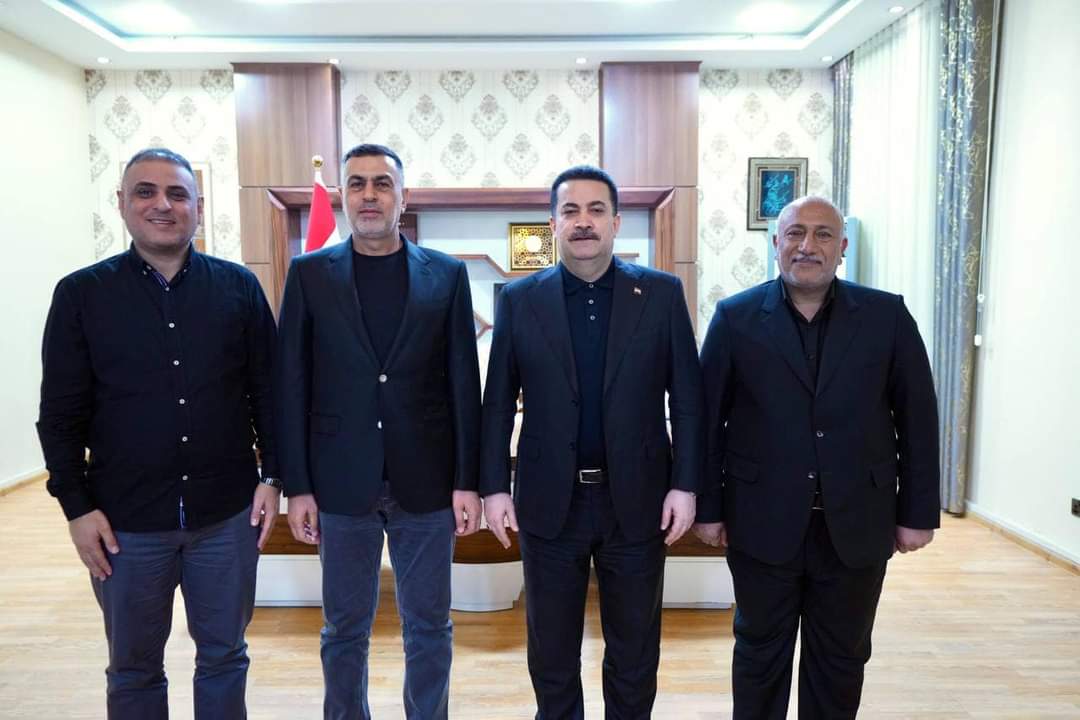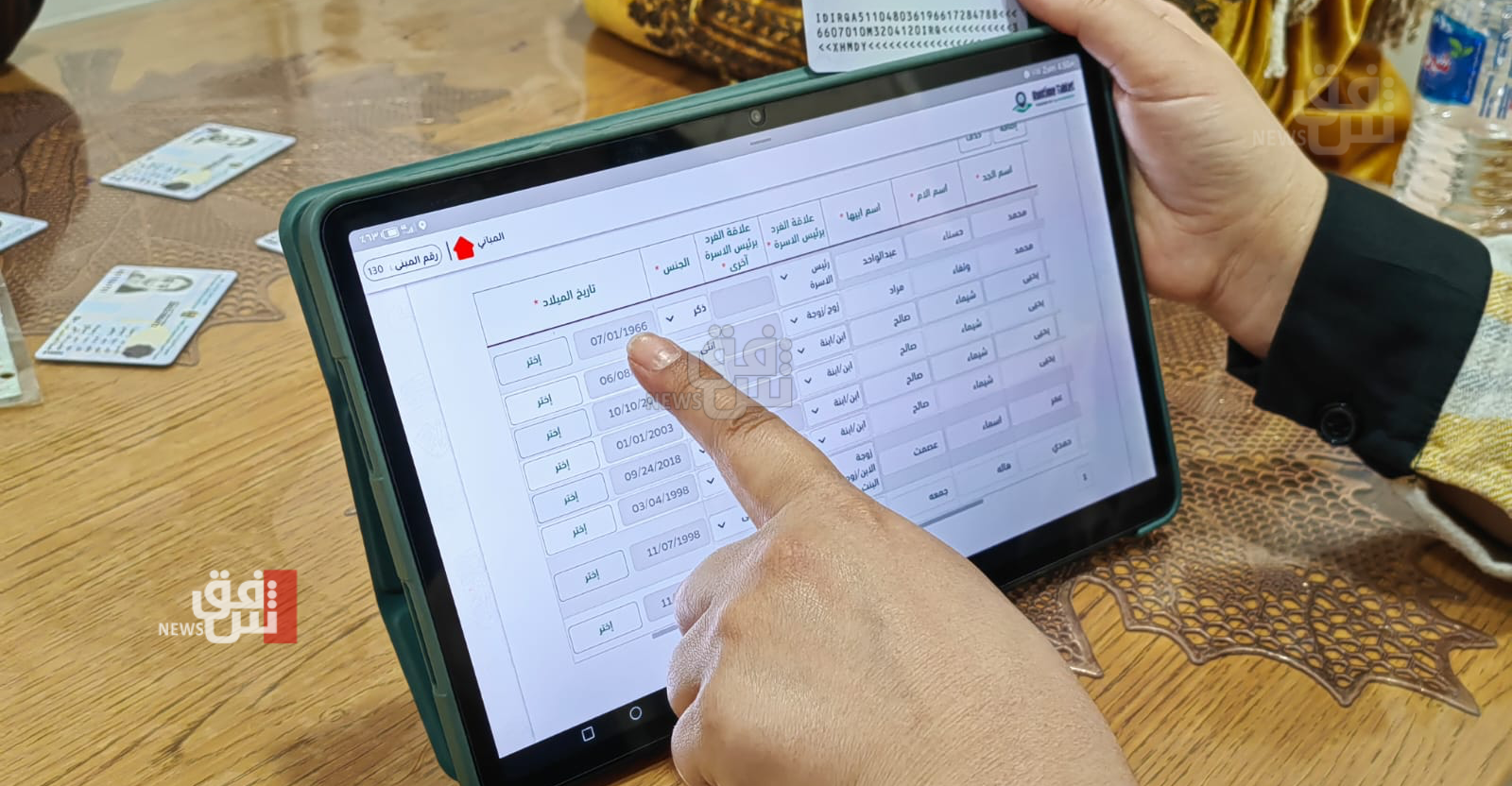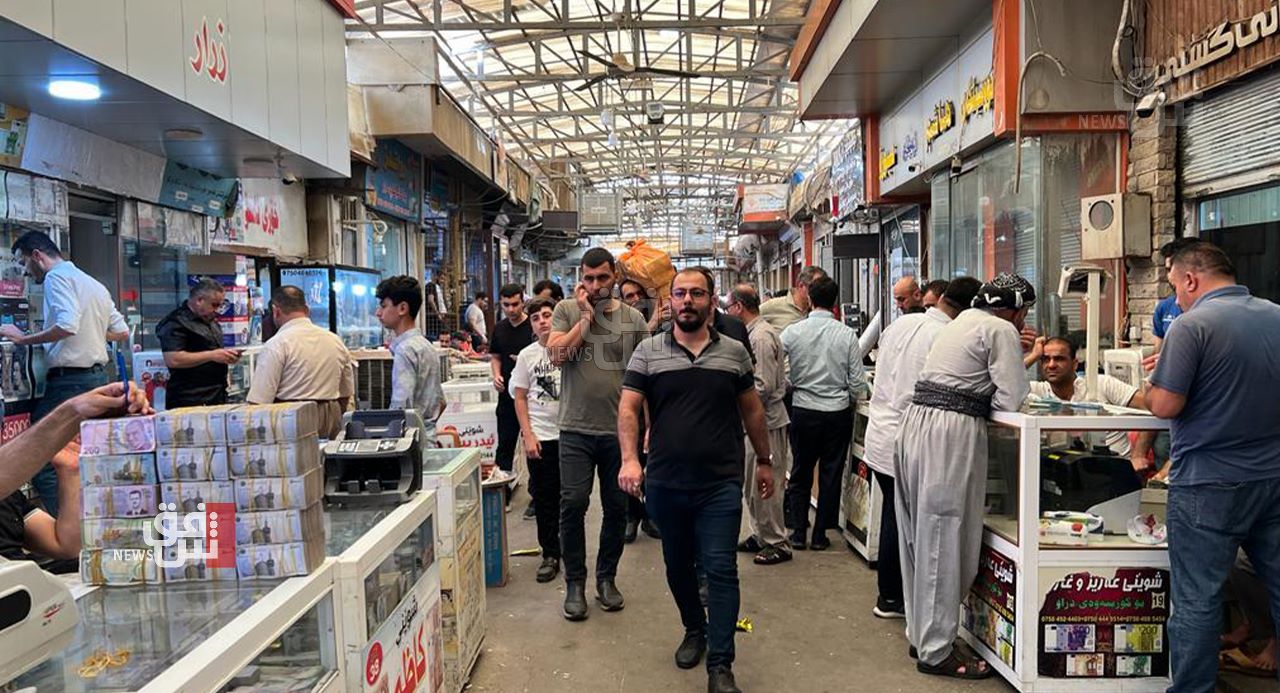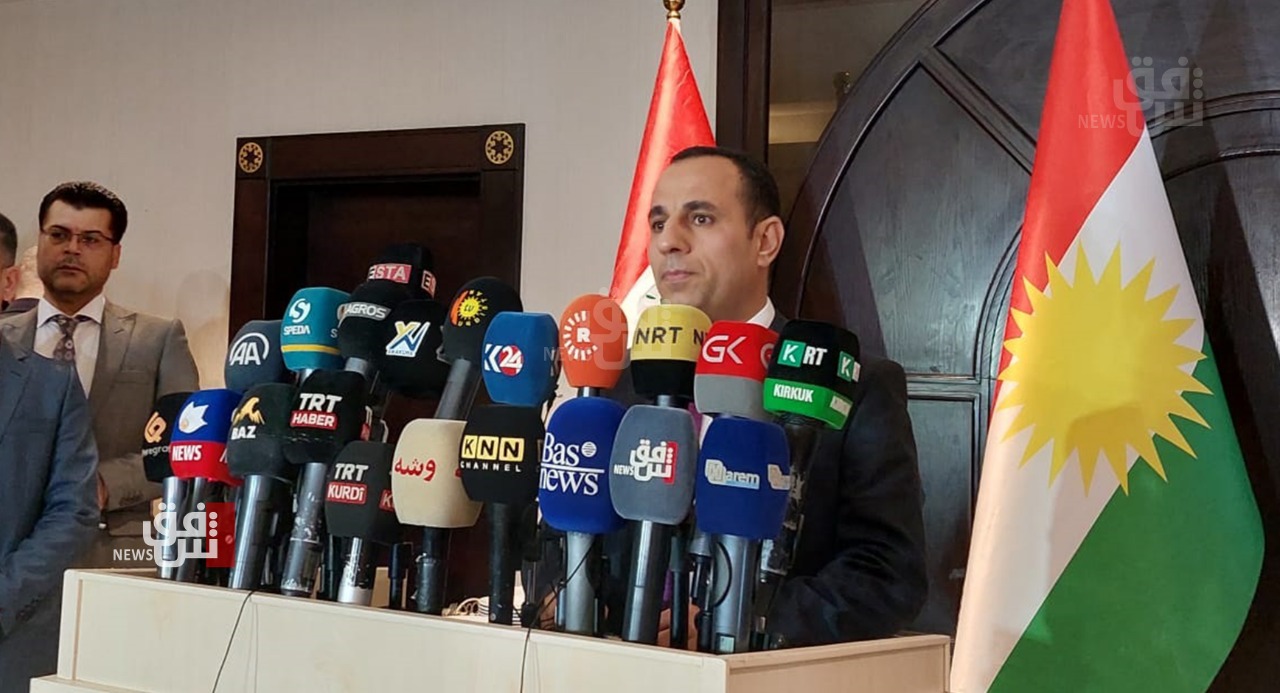PM Al-Sudani's photo with the "powerful governors": alliance or coincidence?

Shafaq News/Iraqi Prime Minister Mohammed Shia al-Sudani's recent appearance alongside thegovernors of Karbala, Basra, and Wasit during the Arbaeen pilgrimage hasignited political speculation in the public and political spheres.
The meeting,during which al-Sudani commended the governors for successfully managing theworld's largest religious gathering, has fueled debate over whether thismeeting signals an emerging alliance ahead of the upcoming parliamentaryelection or was merely coincidental.
Thegovernors—Asaad al-Eidani of Basra, Mohammed Jameel al-Mayahi of Wasit, andNassif al-Khattabi of Karbala—have become increasingly influential sincesecuring sweeping majorities in their respective government councils.
Their risemarks them as formidable Shiite political figures, challenging the traditionalpower held by Iraq's Coordination Framework, a consortium of mainly Iran-backedShiite political forces.
Amid thesedevelopments, some leaders within the Coordination Framework sought to preventthese governors from taking office, concerned that their local electoralsuccess could translate into significant gains in the parliamentary election.However, according to political observers, Prime Minister al-Sudani hasconsistently supported the renewal of their terms, citing the strongperformance of their electoral lists in the recent local elections.
PictureWorth A Thousand Words
"Thereis a Chinese proverb that says, 'A picture is worth a thousand words,' and thisimage does not require verbal explanations to convey its content,"political analyst Saif Saadi remarked.
He suggestedthat this image might have implications for upcoming electoral alliances,particularly regarding Iraq's sixth parliamentary election. "Is notunlikely that al-Sudani could forge an alliance with the governors of Karbala,Wasit, and Basra, considering that this trio secured overwhelming majorities inthe local election, which led to forming local governments loyal to them intheir respective governorates," Saadi added.
"Al-Sudani and former Prime Minister Nouri al-Maliki have their fair share ofmajor and clear disagreements over the election law and the selection processfor the parliament speaker," Saadi pointed out. "This disagreementmight be sufficient reason for al-Sudani to leave the Coordination Frameworkand ally with the victorious governors."
Saadispeculated that the Sadrist Movement, which is also likely to play a role inthe upcoming parliamentary election, might join hands with al-Sudani and thetrio of governors. The Powerful Shiite cleric (Al-Sadr) has been laying thegroundwork for a political comeback two years after a failed and ultimatelydeadly high-stakes move to form a government without his Shiite rivals,particularly Nouri al-Maliki. Saadi said that if it managed to see the light,the alliance might "pose a serious challenge to the CoordinationFramework," bringing back memories of one of the longest politicaldeadlocks in the post-Saddam era in 2021.
"Thenext electoral landscape will be very challenging, especially with variousfactions possibly entering the fray, including those with military andpolitical wings. Each side perceives the other as a threat to its electoralbase, which presents a real challenge," he explained.
"Eachal-Sadr and al-Maliki are expected to secure at least 50 or 55 seats atleast…Al-Sudani is no less ambitious than both of them. He is also eying ashare of 50 seats."
"Theincumbent prime minister is betting on the electoral weight achieved in thelast local elections and is keen to resolve issues in Baghdad, particularlyregarding infrastructure projects, which he aims to showcase as achievements.These factors could potentially attract voters," Saadi said.
Filling TheVoid
Politicalanalyst Ahmed al-Yaseri described Prime Minister al-Sudani's recent appearancewith the three governors as a "natural" development. Speaking toShafaq News Agency, al-Yaseri stated, "The image of Al-Sudani with thethree governors is a natural product of the current division within theCoordination Framework, of which al-Sudani was a key figure with a deeply rootedambition to establish his political project."
Al-Yaseripointed out that "this ambition is evident from the two calls by State ofLaw Coalition leader Nouri al-Maliki for early elections. There is a sensewithin the State of Law bloc that al-Sudani seeks to position himself as theleader of the current phase, capitalizing on the leadership void within Shiitepolitical circles, especially following the withdrawal of the SadristMovement."
He addedthat "al-Sadr's withdrawal has not only affected the grassroots in theShiite community, but also the elite level, reinforcing the idea of aleadership vacuum within the Shiite community."
Al-Yaseriargued that "the photograph is natural because these individuals aregovernors, and Al-Sudani is the prime minister." However, he noted thatAl-Sudani has founded a political movement and is currently working towardsparticipating in the upcoming parliamentary elections.
"He istrying to attract figures from across the political spectrum to create acentrist movement that blends both Islamic and secular elements,"al-Yaseri explained.
He addedthat al-Sudani is now "focused on action" and is determined not torepeat the mistakes of former Prime Minister Haider al-Abadi, who, according toal-Yaseri, "focused on defeating ISIS but failed to present an economic ordevelopment project."
DeliberateMessage
Politicalanalyst Alaa Mustafa dismissed the photo as a coincidence, stating, "It isa calculated move, and the photo sends a deliberate message at this particulartime."
In hisremarks to Shafaq News Agency, Mustafa noted, "If we consider the recentdevelopments, we find that al-Sudani supported the nomination of thesegovernors and worked to convince the Coordination Framework to renew theirmandates, especially in Basra and Wasit. These governorates hold a specialstatus, as they were not initially part of the Coordination Framework'scoalition, making them more likely candidates for future partnerships."
Hecontinued, "When we review the projects and packages being launched, wesee that these regions hold significant influence. A clear example is theseries of projects announced for Karbala during the conference on the successof the Arbaeen pilgrimage plan. These projects will take considerable time tocomplete, but their announcement at this moment is an attempt for electoralpromotion."
Mustafaadded that the Prime Minister focuses heavily on Baghdad, mainly throughinfrastructure projects such as bridges, aiming to bolster his image in thecapital. "In these governorates, he relies on the image of thesegovernors, whose popularity surged in the recent local elections. This strategycould allow him to secure victory in Baghdad while these governors win in theirrespective governorates, paving the way for an electoral success that couldboost his chances of securing a second term," Mustafa explained.
The analystindicated that the Coordination Framework is currently in a difficult position."The [Coordination] Framework does not want to disrupt the government, asit was responsible for its formation. It also seeks to avoid stirring publicopinion or creating issues that might awaken the withdrawn Sadrist Movement,which could gain electoral leverage that would, in return, weaken theCoordination Framework in the future," Mustafa said.
Mustafa saidthat while al-Sudani has managed to win over some elements of the CoordinationFramework, three major factions remain at odds with him. "These factionsare at a crossroads with Al-Sudani, and while they could potentially resolvetheir differences, we have yet to see any significant efforts in thatdirection," he noted, suggesting that the governors who met with al-Sudanimight harbor ambitions to lead the next government, which could make theunannounced agreement public and possibly lead to the formation of a"Coalition of Achievements."




